The world is turning into a concrete jungle to satisfy greedy humans’ needs for comfort and modernization. People are exploiting natural resources; trees have been cut, decreasing the forest area. You might wonder, what does reduction in forest area imply? Firstly, the oxygen and Carbon dioxide levels in the atmosphere might get abnormal, leading to global warming effects in a critical state, rising sea levels, and lastly, stripping the animals from their sustainable habitat.
The food chain is an exciting concept mentioned in the 5th grade. It shows how a sustainable cycle in nature is maintained. Humans have developed a tenacious habit of disrupting nature’s natural course, affecting our fellow biotic species. Animals live in harmony, while humans cause disharmony. According to national geographic BlogSpot, around 46% of the world’s forested area has been lost between 1960 – 2016, accounting for about 1.3 million square kilometers.
Imagine the competition between animals for food and other essential things needed for their survival. South Africa’s environment minister Dr. Edna Molewa at the 17th Conference on the International Trade in Endangered Species of Wild Fauna and Flora, discussed ways to protect these endangered species and an initiative. Here is the list of 15 endangered species.
Contents
Zebra
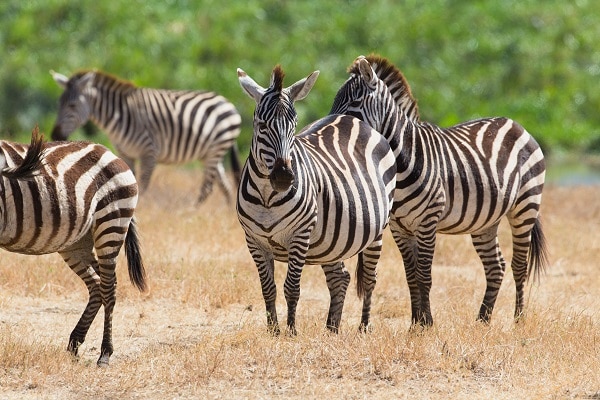
Zebra, the iconic animal species in the African savannas, has been considered an endangered species by the International Union of Conservation of Nature (IUCN). The causes of endangerment include poaching, loss of habitat, and competition within the livestock. The wild population of the Zebras is estimated to be less than 2,000 individuals. The majority of the Zebra habitats are in deserts and grasslands in Kenya and Ethiopia. Furthermore, Zebras are differentiated into three species depending on the length of their legs, stripes width, placement of stripes, and ears; those species are Common Zebra, Mountain Zebra, and Grevy’s (named after a French president) Zebra. Among the three species of Zebra, the Grevy’s Zebra is at threat of endangerment.
Giraffes
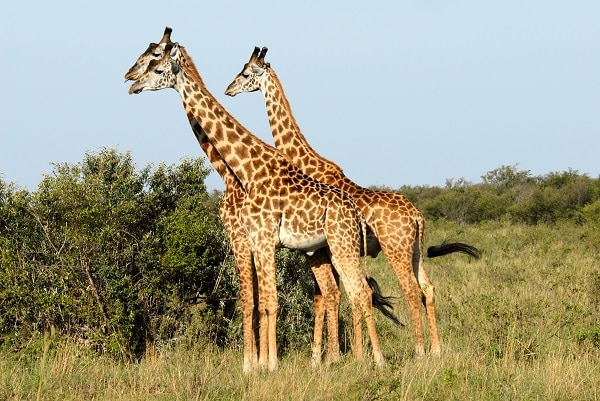
Giraffes are a vulnerable species according to the IUCN, which means measures need to be put into place to protect them, or else Giraffes might get completely extinct. As mentioned in the introductory paragraph, the primary reason for animal extinction is linked directly or indirectly to the loss of habitat. Thus, forested land used for development, agriculture, and road cuttings profoundly impacts the Giraffe population. Climate change-induced droughts also contribute to Giraffe endangerment and Giraffe, bones, and skins trade, where the US plays a significant role in the trade market. The species have declined by 40% in 30 years. The Kordofan species of Giraffe is down to 2000 individuals living in Kenya’s protected lands. Therefore, Giraffes’ protection should be on red alert as the tallest mammals on Earth might get erased from the face of the Earth.
Horses

Horses that we see almost everywhere are endangered, which comes as a shock when you hear it. The Przewalski species of horses have been affected the most. The Przewalski Horses are considered a wild species. Sadly, this species struggles due to interbreeding with their domestic cousins, hunting, habitat loss, declining water resources, diminishing water resources, and lack of genetic diversity due to interbreeding in closely related horses. Steps like reintroducing the species to stir up the endangered species population are in progress.
Howler Monkeys

Howler Monkeys that live in the rainforests are on a path of endangerment. The majority of Howler Monkeys come from the Central American region. The male variety of Howler Monkeys is black, while the female type is brown. These primates’ existence is a threat due to human activity and nature. Howler Monkeys are herbivores that feed on fruits, flowers, and leaves. Rainforest has been reduced due to forest fires, which affects the habitat of the species. Another factor is Human predation, which endangers the species. Many say that the Yucatan black Howler monkey population might decline by 60% in 30 years. Only about 250-2,500 individuals of Maranhao red-handed Howlers have been living today in the wild.
Ground Squirrels
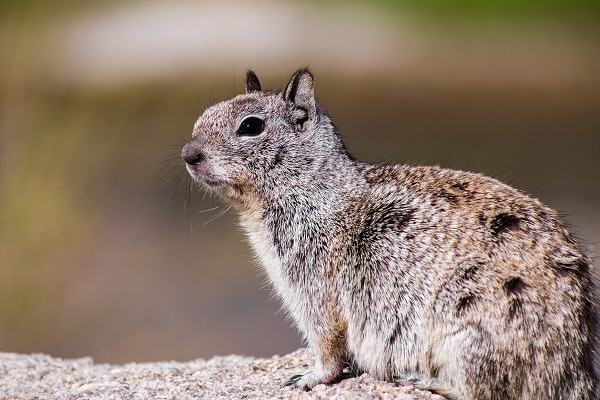
Ground Squirrels are considered a rodent. You might seem surprised at how a rodent can be an endangered species when they are highly capable of adapting and reproducing. While this might be true, species’ survival depends on the availability of space favorable to the species. Due to the agricultural development of land and urbanization, the favorite places for Ground squirrels are declining. Nelson’s antelope, a species of ground squirrel, has been reduced by 20%. Hence, the Californian Protection Act protects the species.
Dolphins
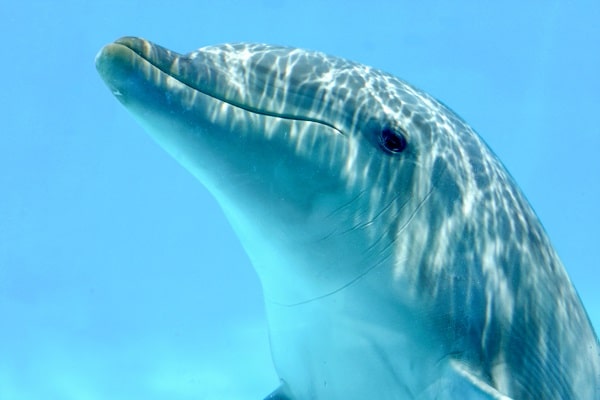
The Dolphins in the Indian rivers, Indus and Ganges, have been predicted to be on a path to extinction. Even though there have been efforts to study the Dolphin’s habitat and endangerment causes, limited information has been obtained about it, putting them at significant risk. The species conservation would not succeed as very little knowledge is available about the Indus and Ganges Dolphins. The population estimate for the Indus Dolphins in the Indus River is about 1,200, while the Dolphins in the Ganges are about 3,500. These population counts are extremely low, and efforts need to occur to save the cheerful Dolphins.
Galapagos Penguins
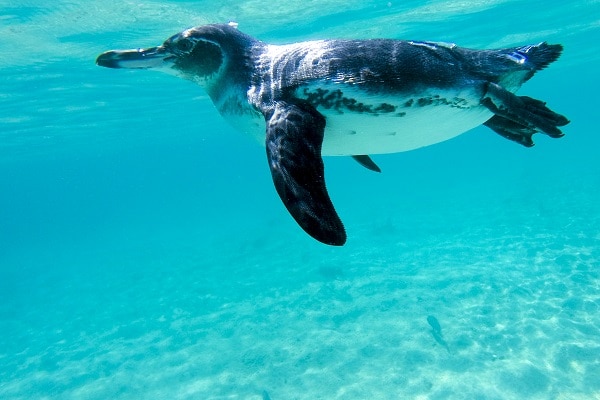
You might wonder if penguins live in the dry and cold and can be found only on the south pole. Still, penguins are near the equator, particularly the Galapagos species of Penguins found on the Galapagos Islands in Ecuador. The unique geography of the region makes this region habitable for the penguins. The island’s size impacts the penguins’ population, but the primary cause of extinction in the Galapagos Penguins is the El Nina climate cycle. This causes a change in breeding habits reduction in the availability of food. Overheating of eggs due to climate change can also be one of the causes affecting the Galapagos penguin population.
Musk Deer
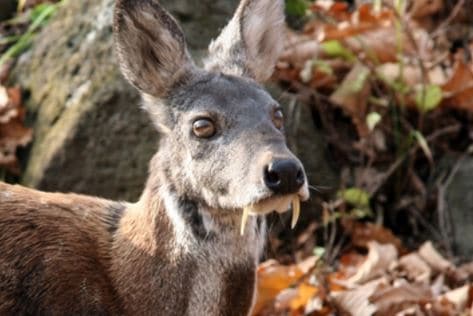
Deer hunting has been the primary occupation of Humans and occurred for generations—even the queen when in Balmoral hunts deer as a sport. The population of deer has been endangered primarily due to hunting and decors. The antlers of the deer are for impressive wall decors, which is cruel. The species endangered include:
Himalayan musk deer.
Black musk deer.
The Kashmir musk deer.
The Chinese musk deer.
People hunt them due to the musk glands in deer, which have tremendous medicines and cosmetics applications.
Water Buffalo
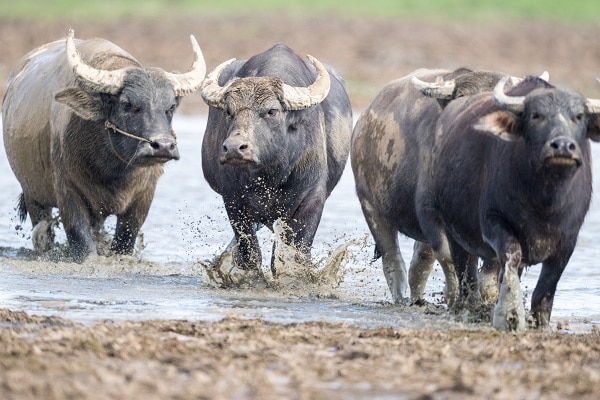
The population of the water buffalo is now 4000 species that live in the wild. Water Buffalo are laborers to carry heavy material, transport, and plow. The causes of extinction include human predation for their meat, skin, milk, and fat. Water Buffalos are herbivores and have a habit of large-scale migration. Reduction in the forested area is significantly changing their habitat and dependency on food.
Hippopotamus
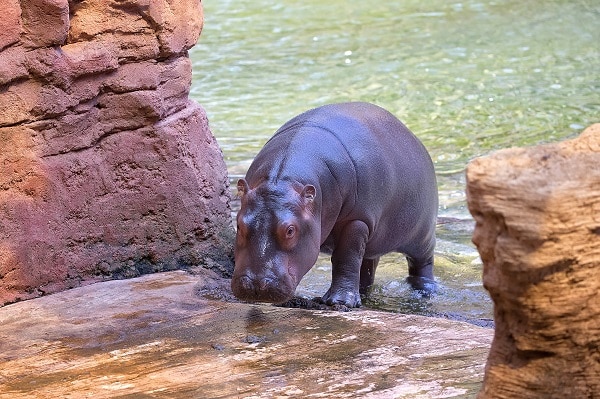
Hippos are highly vulnerable to ICUN. They live in the rivers and lakes in the Sahara region of Africa. Hippos use the tactic of living in water to prevent heat. They are herbivores that survive on fruits and fallen grasses. Habitat loss is the primary cause for their reduction in number. Dwindling water resources in the sub-Saharan are also a factor that affects the population of Hippopotamus.
Steller Sea Lions

Sea Lions are a species of seals that live in the Alaskan region of North America. They solely depend on fish for their food. Due to large-scale fishing in the Alaskan areas, the population of fish species has been declining. This impacts the food of Sea Lions, putting them at risk of dying of hunger.
Dama Gazelle
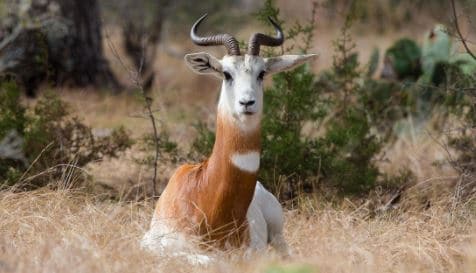
Dama Gazelle’s natural habitat includes arid zones, deserts, drylands, and mainly in the Darfur and Kordofan provinces of Sudan. Living in arid zones, Dama Gazelle get their water intake from the plants they eat. The reasons for extinction include war among the species, desertification, human predation, destruction of habitat, and an increase in livestock population. There are only 400 individuals of Gama Gazelle living in the wild.
Pandas
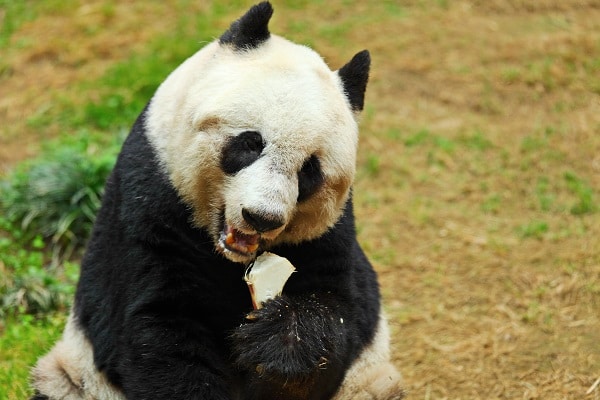
The cutest black and white pandas that adorably live in the bamboo forest have been critically endangered. Their population has declined to 1,864 in the wild. Pandas live in temperate forests at higher elevations in the mountains in China. To get daily nourishment, a panda must eat 26 to 84 pounds of bamboo daily. Reducing forested areas has reduced their food, and the temperature conditions fluctuate due to Global warming, putting them at high risk. Conservation initiatives are in place to save Pandas, as the forest is dependent on it and the people for eco-tourism.
Mountain Gorilla
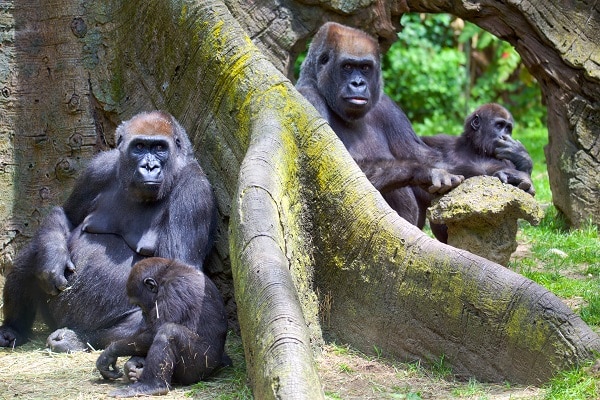
Wars, destruction, diseases, and habitat loss are the primary factors that led to Mountain Gorillas’ endangerment. They live in the Virunga Mountains, which fall in the buffer region of an extinct volcano in the Democratic Republic of Congo, Uganda, and Rwanda countries of the African continent. They live in elevations as high as 8,000 to 13,000 feet. The species had been predicted to get extinct by the end of the 20th century but have performed as steps undertaken by humans played a significant role.
Amur Leopard
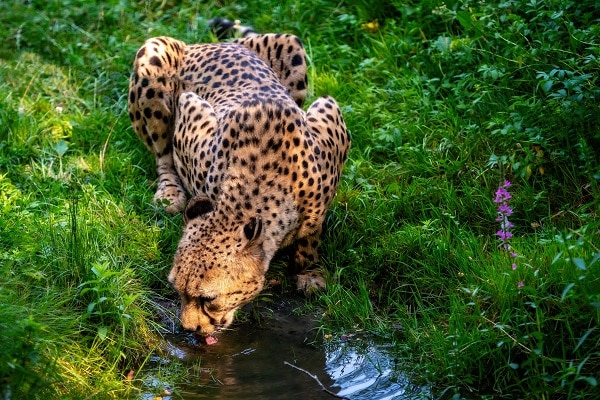
Amur Leopards are classified as critically endangered by ICUN, and there are only 80 Amur Leopards that have survived. The Amur Leopards remain safely in the Land of the Leopard Park in Russia. Primary reasons for endangerment are the exploitation of forest resources and poaching (its skin is used as rugs and material for clothing). The Amur Leopards are back in the wild, and their population is doing well.
Conclusion
Humans being a supreme intelligent species on Earth should understand and aid in these species’ survival. It is our responsibility to take care of them for ages so that the Earth lives sustainably and in harmony. It is never too late to begin; all it needs is a push in the right direction.


